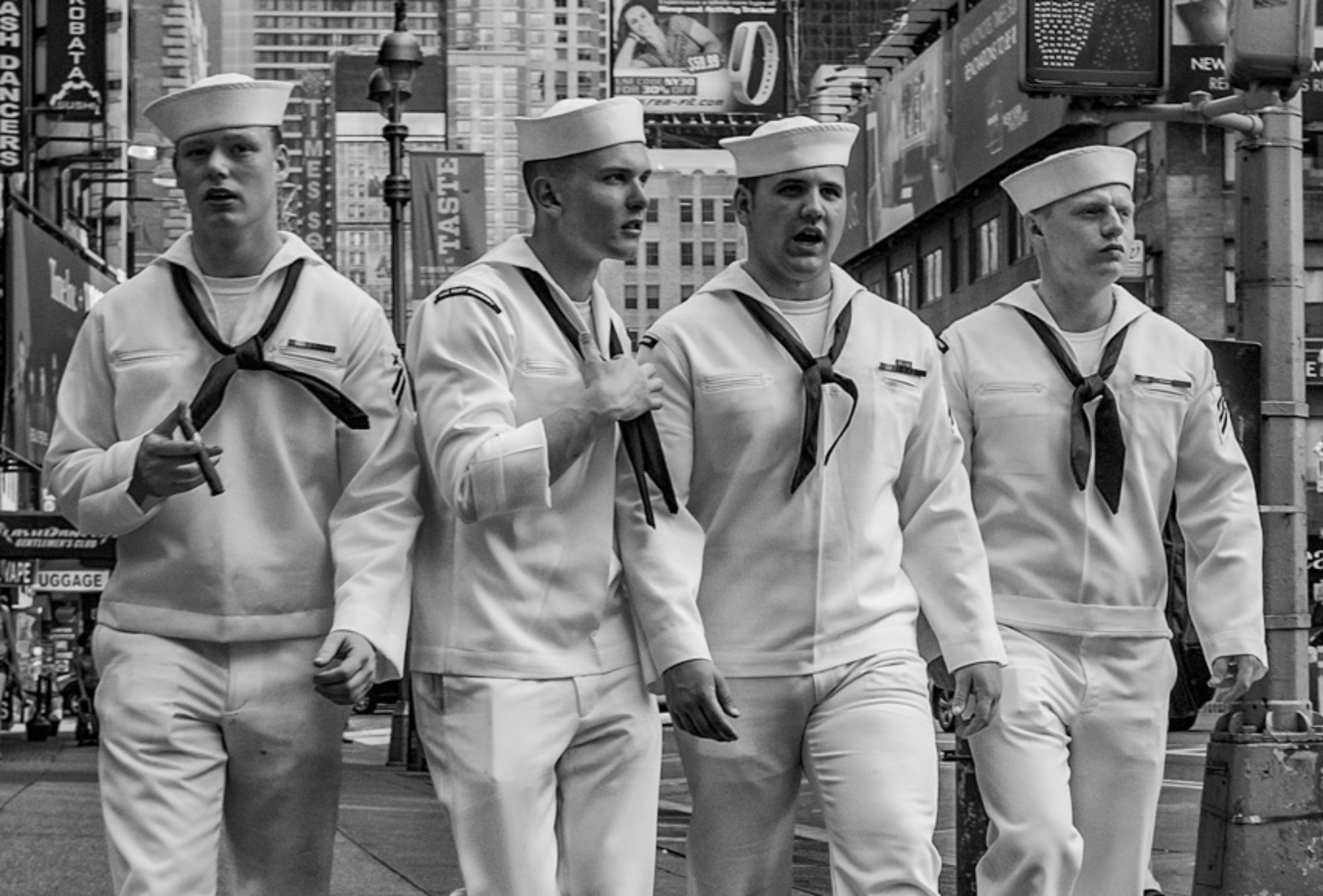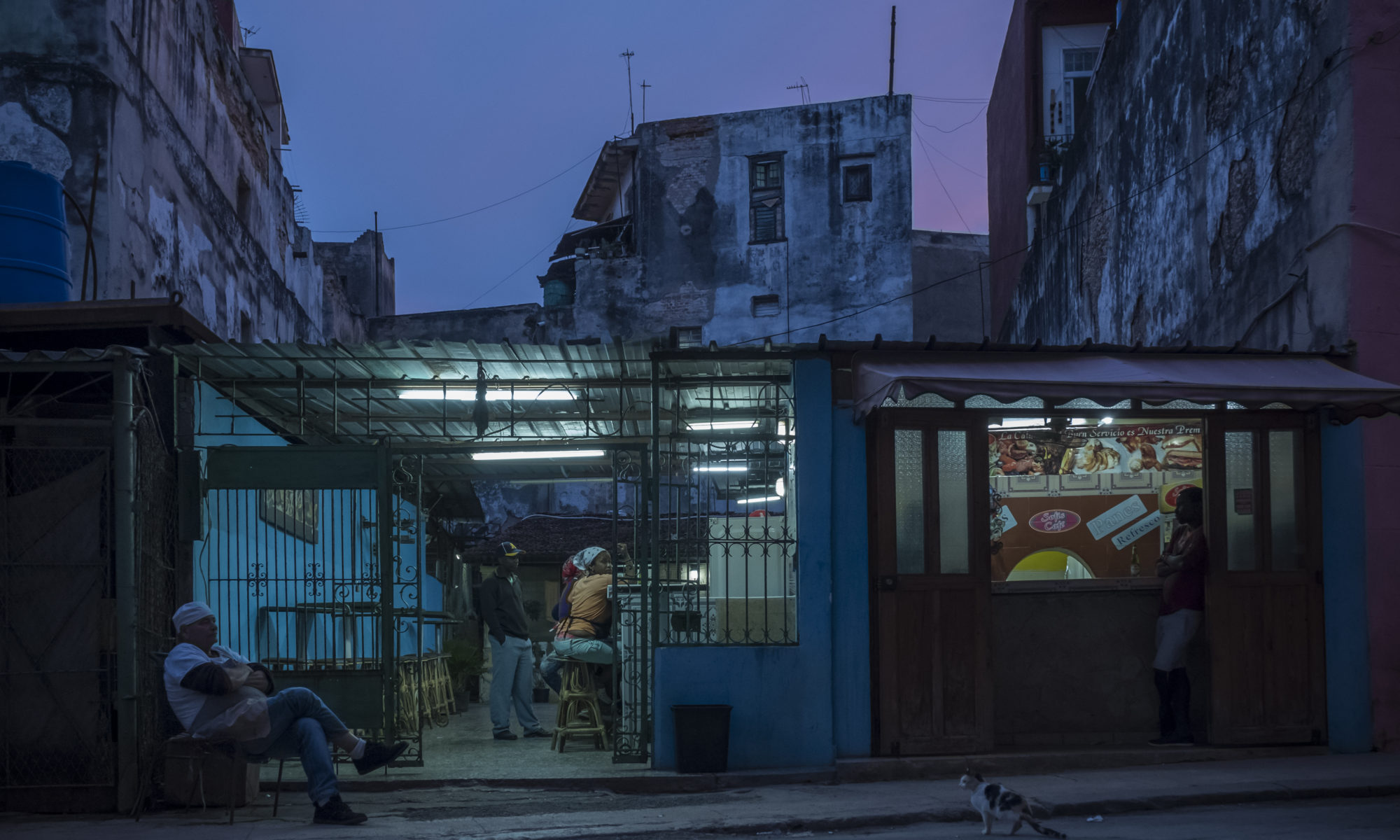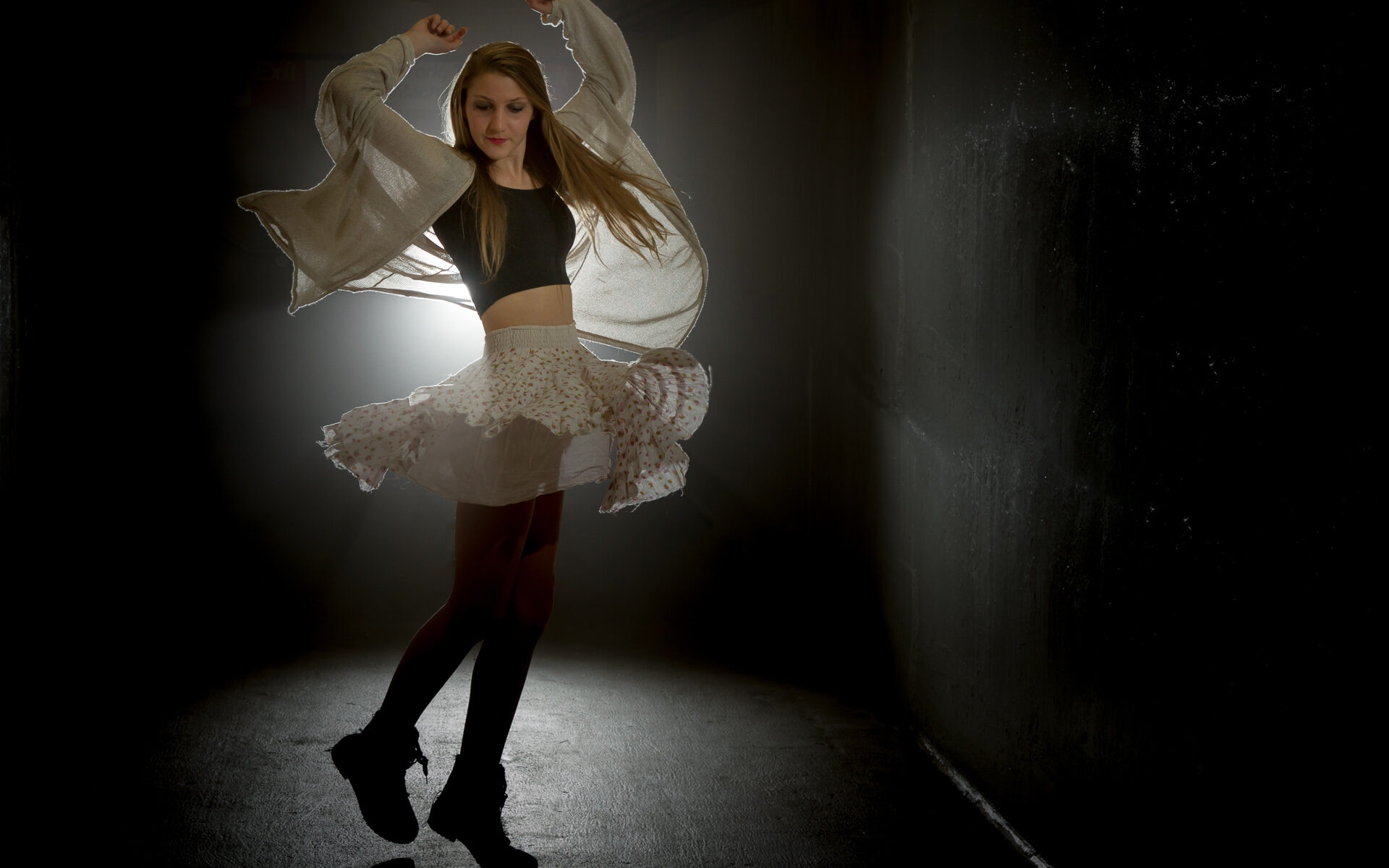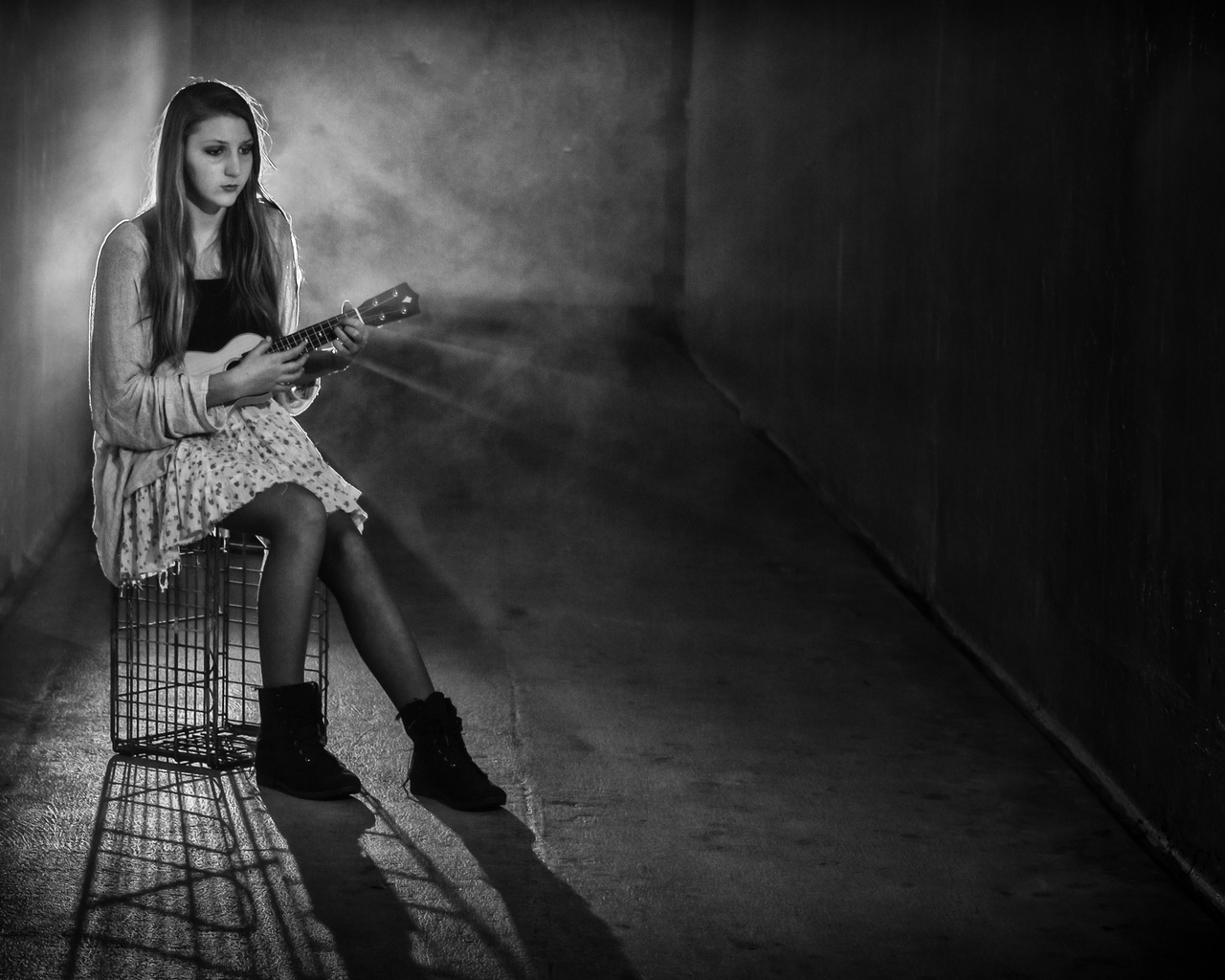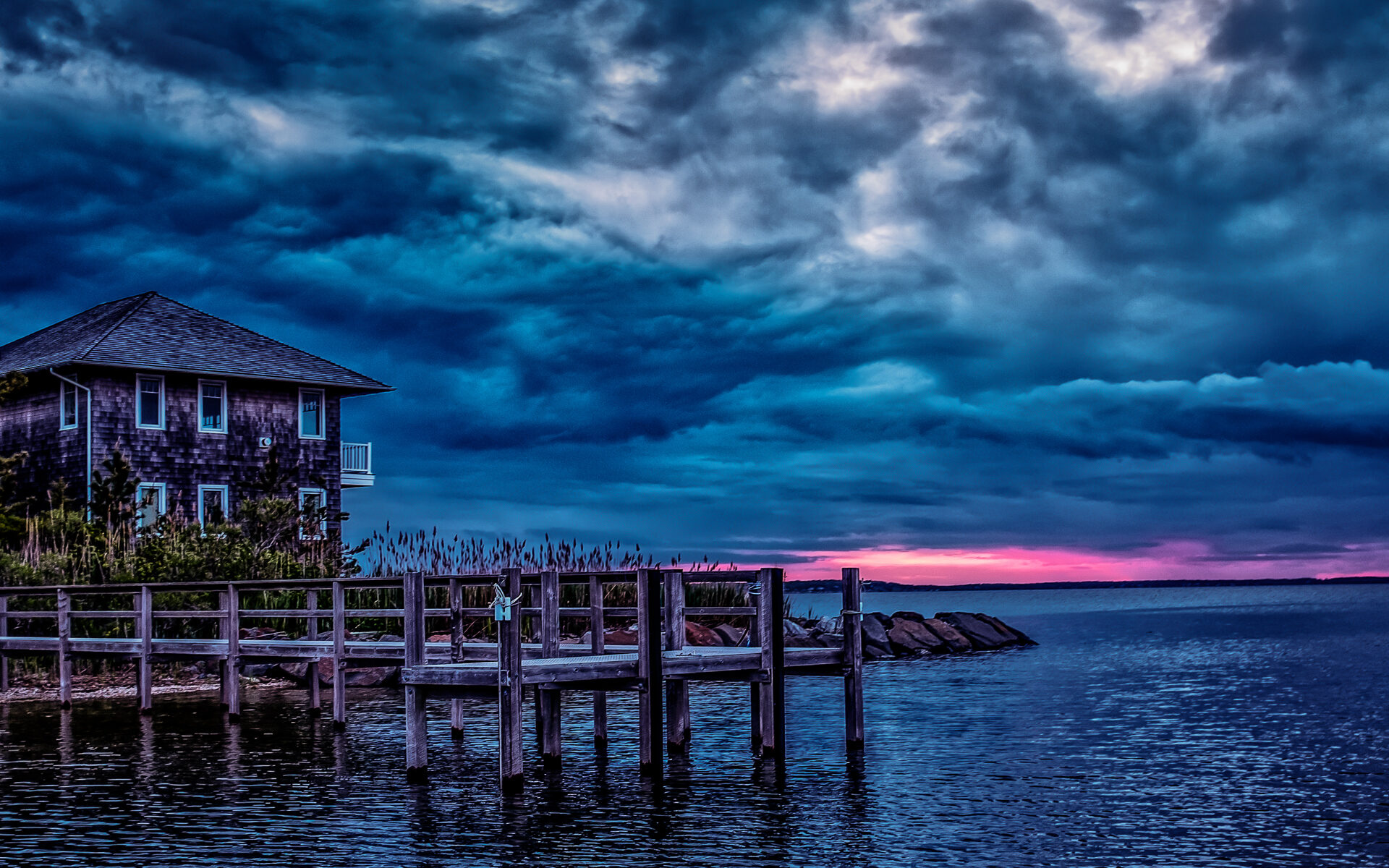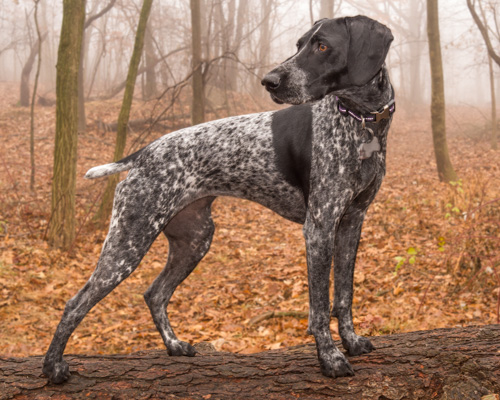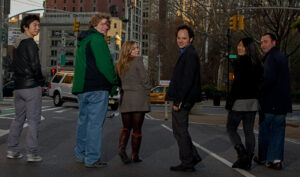One of the great things about the Internet these days is the plethora of channels that can be used to learn about various things. The fact that ‘Google’ is now a verb clearly attests to this concept! Photography is one of the areas where I believe there is truly a phenomenal amount of educational materials out there, than anyone looking to better themselves can learn. What makes the interwebs so perfect for photography learning is that you can easily view high-resolution images from any number of sources without ever getting out of your seat.
Resources like David Hobby’s strobist.com website, for instance, is a one stop shop to learn and master off camera lighting using speedlights. Zack Arias is assigning and critiquing shots on dedpxl.com. Mcnally, Heisler, Hurley, you name it – you can find interviews and behind the scenes videos and blogs showing techniques or talking about different assignments or shots.
In this day and age, most of the teaching pros use twitter to announce new stuff they are doing, so one easy way to keep up to date is simply follow your favorites on twitter. However, you need to spend the few minutes to look at what they actually post – read their blog – watch the video. Are all of these useful? Doubtful, but I can promise you that you will not get dumber spending the few minutes reviewing one of these.
Live. Shoot. Learn.
